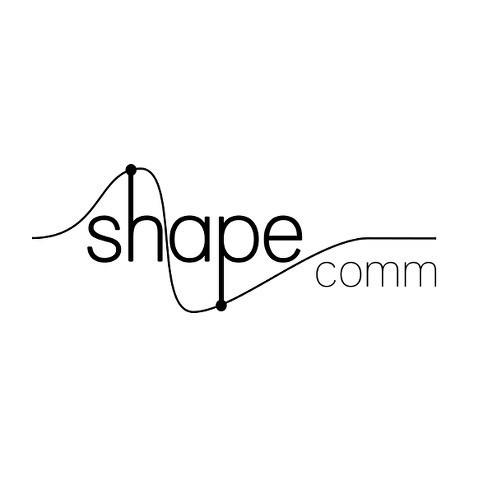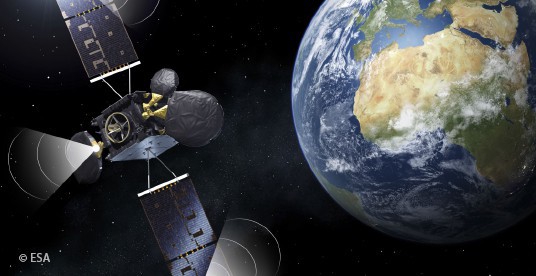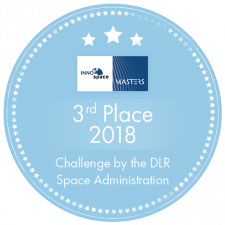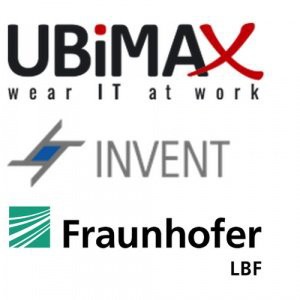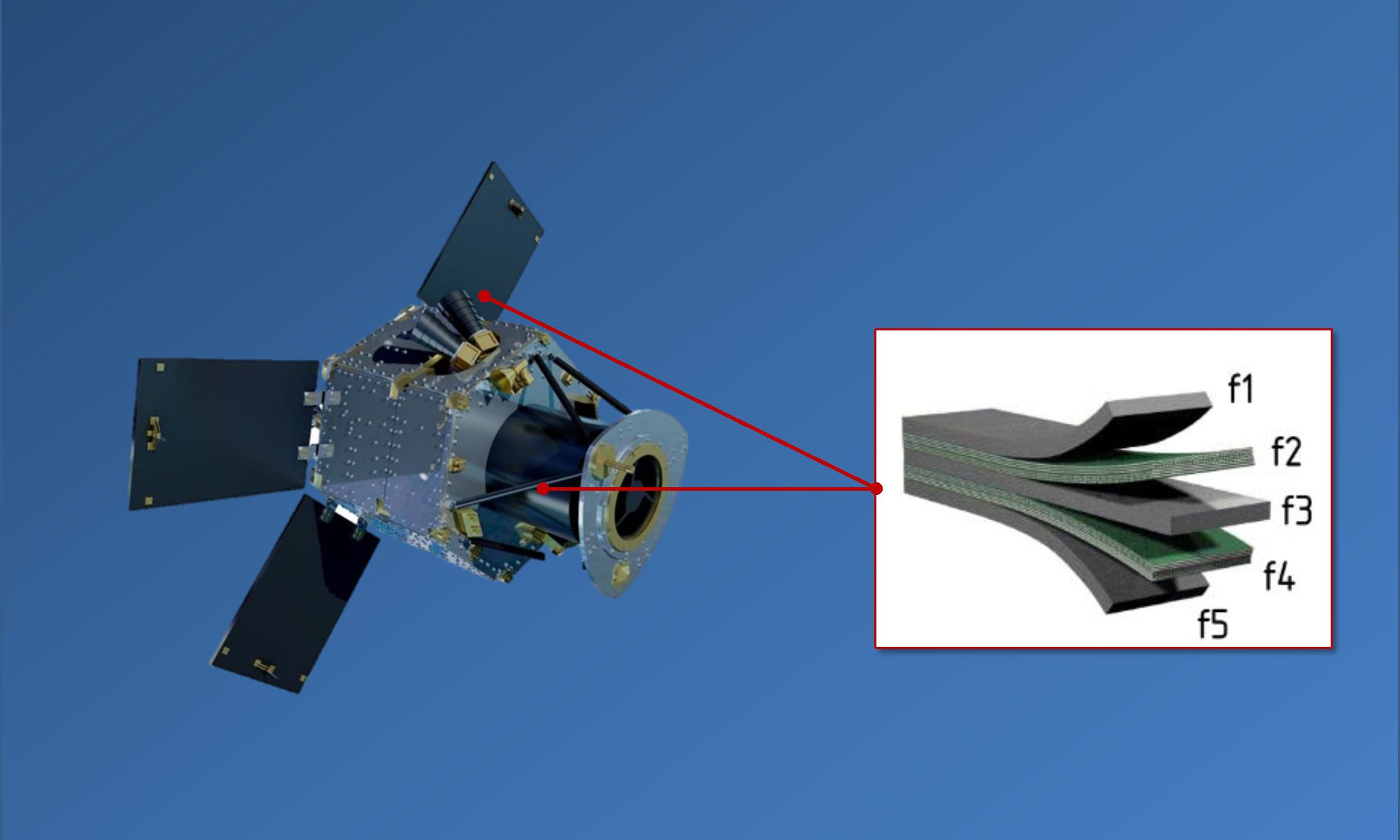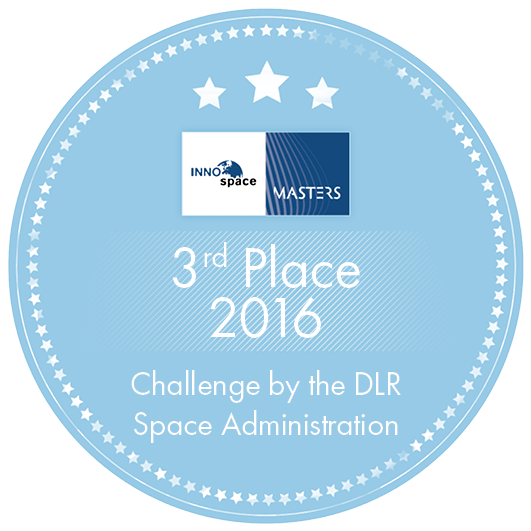Shapecomm – Shaping the Future of Satellite Communication

Current communication systems are experiencing great technical changes but do not fully reach the theoretical data rate limits. Satellite communication, in particular, requires flexibility and higher transmission rates to cope with current demands, e.g., for inflight entertainment systems or high throughput satellites. Shapecomm showcased the innovative technology of “Probabilistic Amplitude Shaping” (PAS) and “Distribution Matching” (DM), which achieved a 2.5-fold rate increase in an optical transmission experiment over the Atlantic Ocean conducted by Facebook and Nokia Bell Labs. Based on the patented technology, the company’s objective is to develop a transceiver architecture building upon the DVB-S2X standard, which could support new standardization endeavours, possibly culminating in DVB-S3.
Benefits:
- Increase the data rate limits of current communication systems, e.g. satellite communication links
- Efficient use of existing resources (e.g. bandwidth), helping to serve and accommodate more users and provide a better experience to end users
- Important enabler and pioneer for future applications that require high data rates
- Transceiver modems can be designed and produced more flexibly and with lower costs
- Economically efficient provision of reliable connections and high data rates in remote areas



